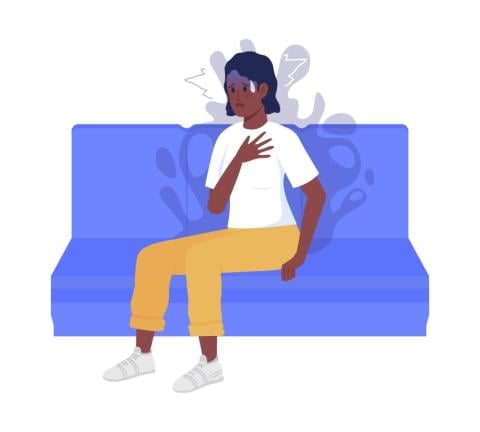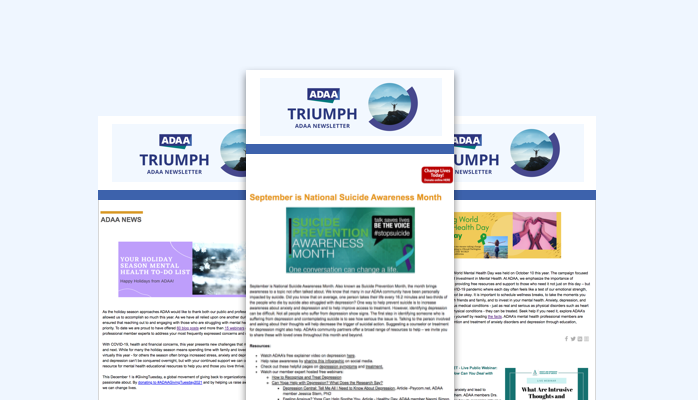PTSD by the numbers
- Approximately 40,000 military members who have returned from Iraq or Afghanistan have been officially diagnosed with PTSD (posttraumatic stress disorder) since 2003, according to the U.S. Department of Defense.
- The rate of PTSD is three times higher among deployed military men and women exposed to combat compared to nondeployed military members, according to a study by the Naval Health Research Center.
- One in five military members who have returned from Iraq or Afghanistan report symptoms of PTSD or major depression, but just over half have sought treatment, according to a study by the RAND Corporation.
Despite efforts by the military to educate troops about mental health – 900,000 were taught about PTSD and traumatic brain injury in 2007 – about half of military members and their spouses say they are somewhat or not at all knowledgeable about the symptoms of mental health concerns like PTSD, according to an American Psychiatric Association survey.
Co-occurring disorders
In addition to PTSD, other mental health issues can develop during or after deployment, including depression, suicidal thoughts, substance abuse, drug use, and other anxiety disorders.
















